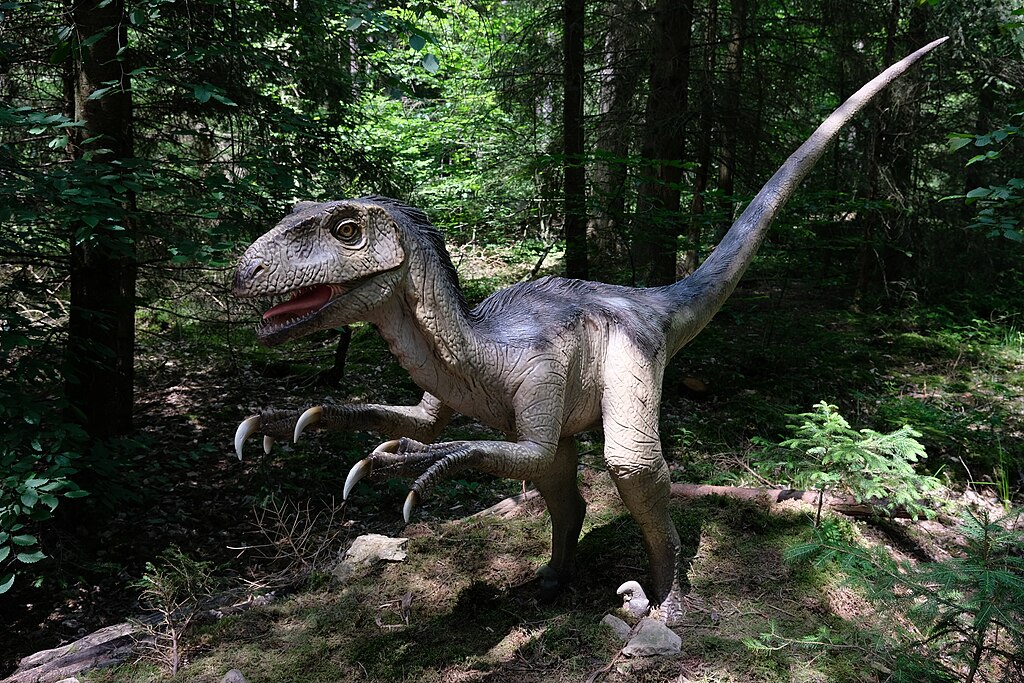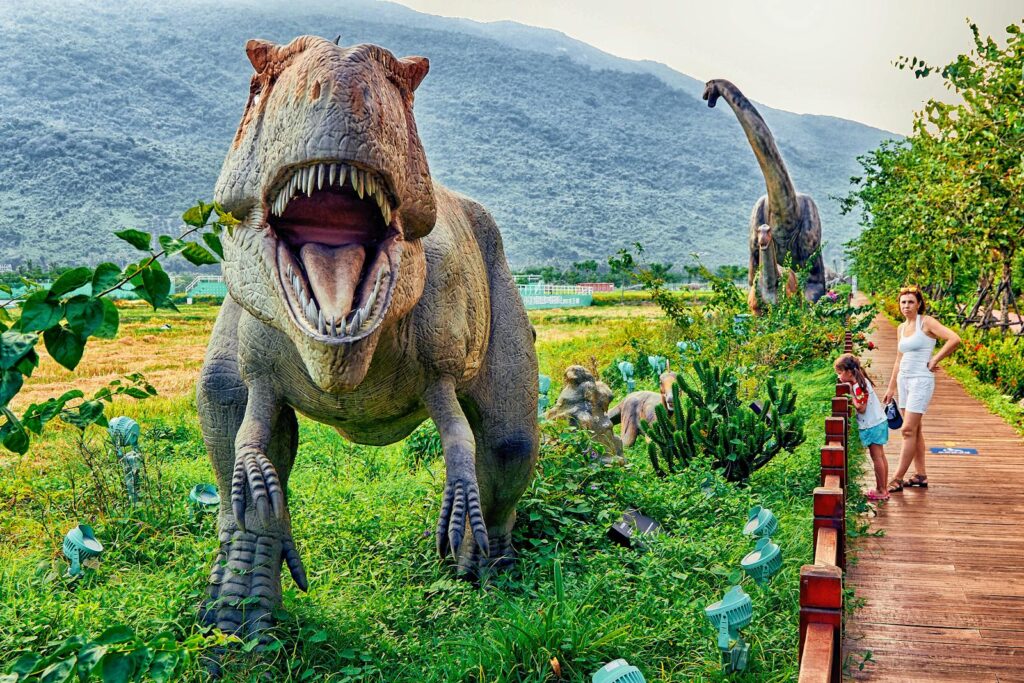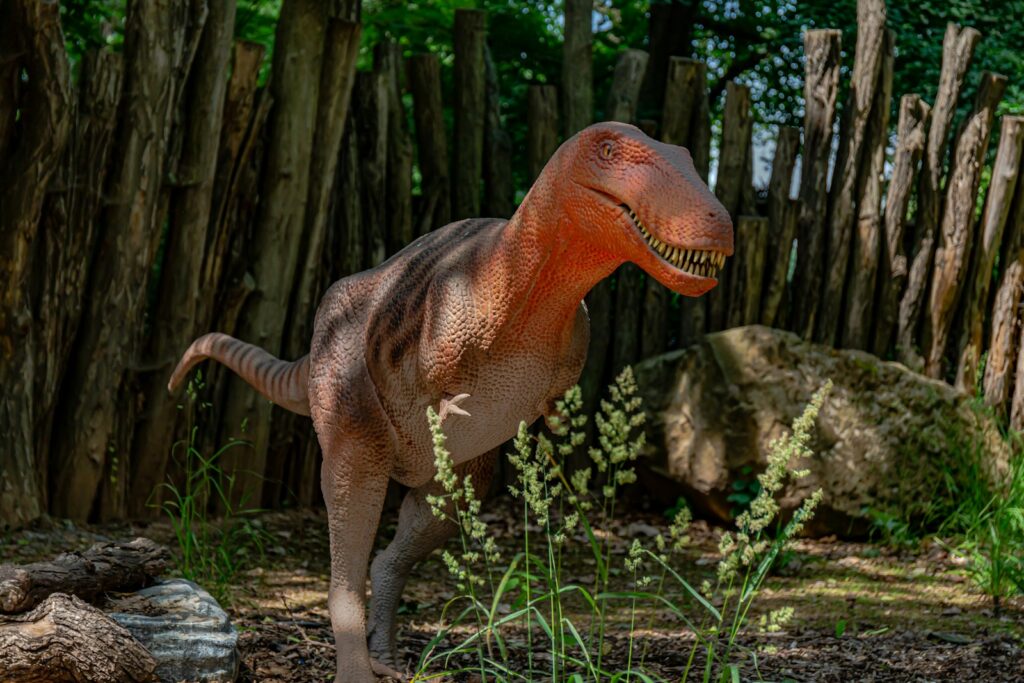In the rugged badlands of Montana, a revolutionary discovery reshaped our understanding of dinosaurs forever. The unearthing of Deinonychus antirrhopus in the 1960s sparked what scientists now call the “Dinosaur Renaissance,” fundamentally altering our perception of these ancient creatures from slow, lumbering reptiles to agile, possibly warm-blooded predators. This mid-sized carnivorous dinosaur from the Early Cretaceous period didn’t just add another name to the fossil record—it completely transformed how scientists and the public conceptualize dinosaurs. The impact of this Montana discovery continues to reverberate through paleontology, popular culture, and our collective imagination, making Deinonychus arguably one of the most significant dinosaur discoveries in scientific history.
The Groundbreaking Discovery in Montana
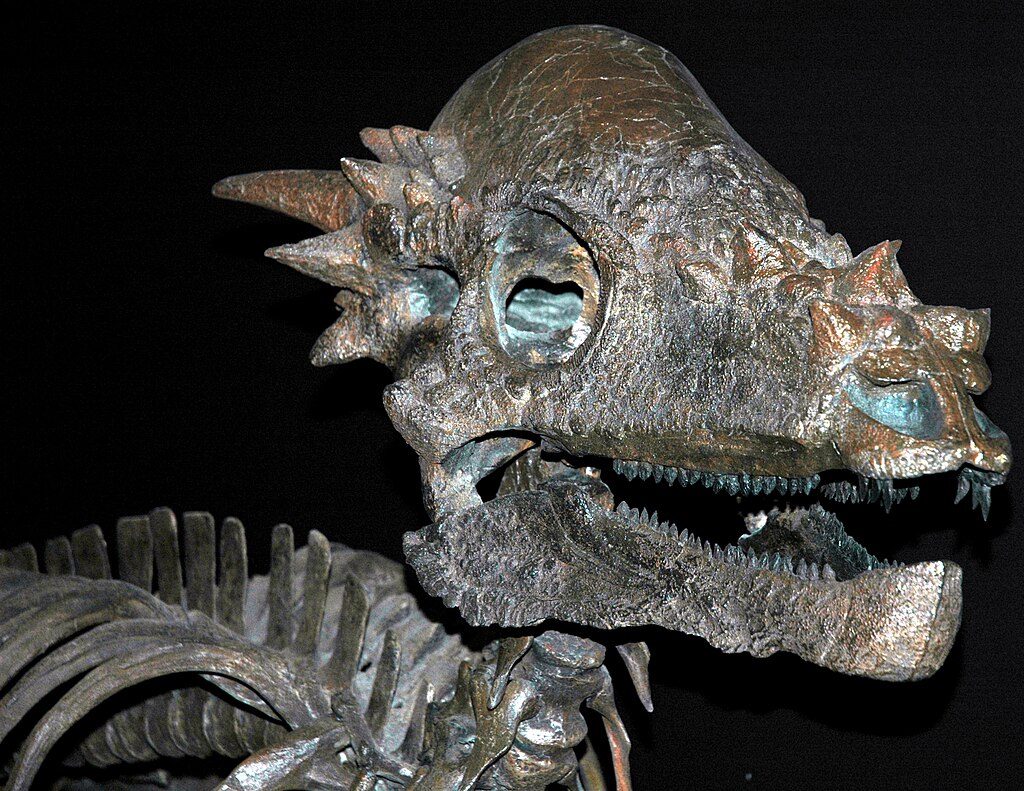
In 1964, paleontologist John Ostrom from Yale University made a remarkable discovery in the Cloverly Formation near Billings, Montana. His team unearthed a partial skeleton of what would later be named Deinonychus antirrhopus, meaning “terrible claw” in reference to its distinctive sickle-shaped talon on each foot. Unlike previous dinosaur finds that were often collected without detailed documentation of their geological context, Ostrom meticulously recorded the spatial relationships between the fossilized bones. This careful approach allowed him to recognize that several individuals had been preserved together, suggesting potential pack hunting behavior. The Montana discovery site yielded approximately 1,000 bones representing at least three individual Deinonychus specimens, providing unprecedented insight into this predator’s anatomy and possibly its social structure.
Physical Characteristics of the “Terrible Claw”

Deinonychus was a formidable predator, measuring approximately 11 feet (3.4 meters) in length and standing about 5 feet (1.5 meters) tall at the hip. Weighing roughly 160 pounds (73 kilograms), it possessed a sleek, athletic build optimized for speed and agility. The dinosaur’s most distinctive feature was its namesake—a sickle-shaped claw on the second toe of each foot that measured around 5 inches (13 centimeters) long. This specialized claw was held retracted while walking, keeping it sharp for attacking prey. Deinonychus had a relatively large skull equipped with about 60 curved, serrated teeth perfectly designed for slicing through flesh. Its long, stiffened tail served as a counterbalance during rapid movements and turns, while its forelimbs featured three fingers with sharp, curved claws ideal for grasping prey.
Revolutionizing Dinosaur Perception
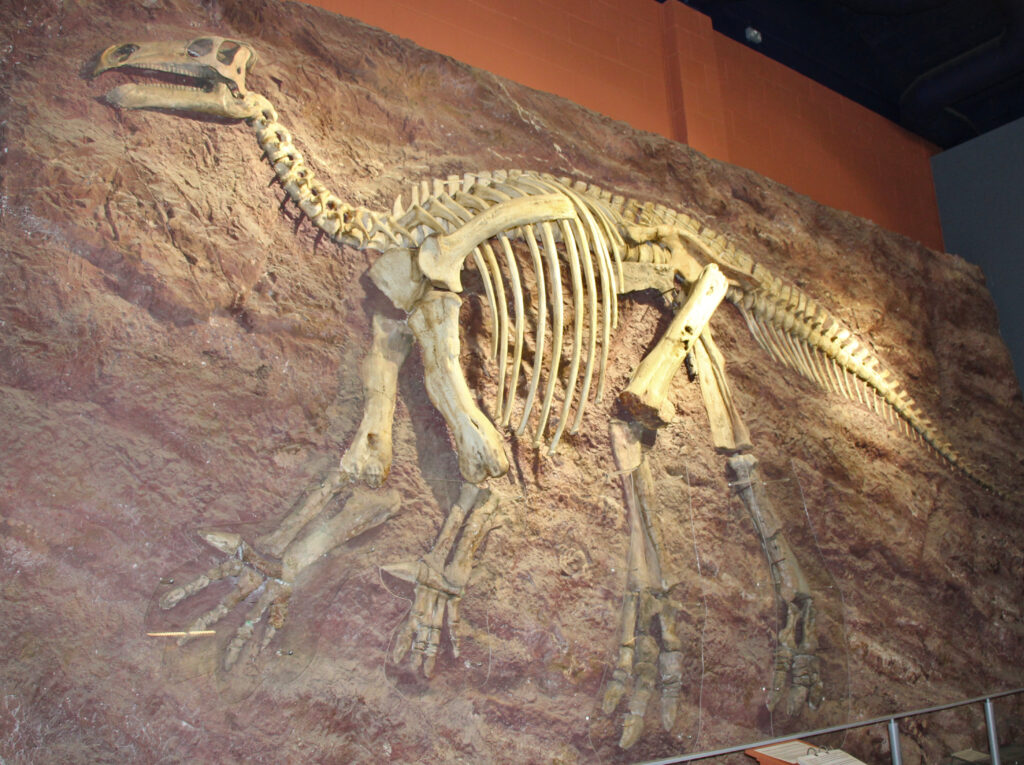
Before Ostrom’s discovery of Deinonychus, dinosaurs were widely portrayed as slow, dim-witted, cold-blooded reptiles—essentially overgrown lizards that dragged their tails and were destined for evolutionary failure. The anatomy of Deinonychus told a dramatically different story. Its lightweight, hollow bones, long legs, and specialized feet suggested an active, agile predator. The positioning of its limbs indicated an upright posture rather than the sprawling stance previously attributed to dinosaurs. Most revolutionary was the evidence suggesting Deinonychus might have been warm-blooded, based on its apparent high activity level and bone structure. These findings directly contradicted the prevailing “dinosaur as failure” narrative and initiated what scientists call the Dinosaur Renaissance—a complete reevaluation of dinosaur biology, behavior, and evolutionary success.
The Birth of the “Raptor” Concept
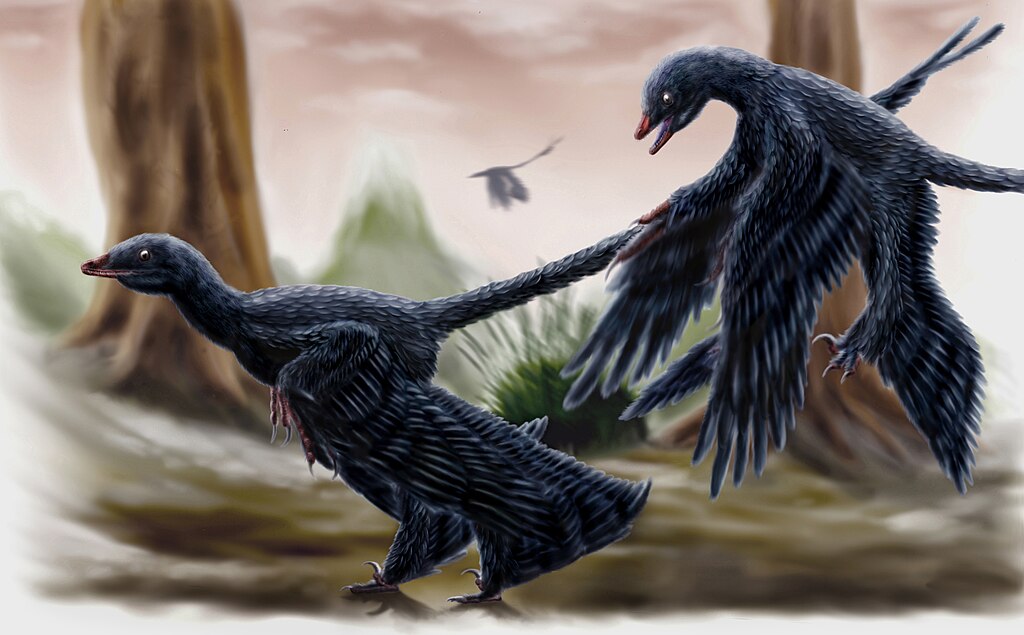
Deinonychus serves as the archetypal “raptor” dinosaur that would later capture public imagination. The term “raptor,” derived from Velociraptor but popularized through Deinonychus’s characteristics, refers to dromaeosaurids—small to medium-sized, feathered, carnivorous dinosaurs characterized by their sickle-shaped foot claws and bird-like features. Ostrom’s detailed analysis of Deinonychus established the fundamental raptor traits: the retractable second toe claw, long arms with three-fingered hands, a relatively large brain, and a stiffened tail for balance. His work revealed the remarkable similarities between Deinonychus and Archaeopteryx, the earliest known bird, leading him to propose that birds evolved from small theropod dinosaurs—a theory now widely accepted in paleontology. Deinonychus essentially became the blueprint for our understanding of dromaeosaurid dinosaurs, creating an entirely new category in the public and scientific consciousness.
Hunting Strategies and Predatory Behavior

The fossilized evidence from Montana suggests Deinonychus employed sophisticated hunting tactics that were previously unattributed to dinosaurs. The discovery of multiple Deinonychus individuals in association with remains of the herbivorous dinosaur Tenontosaurus prompted theories about pack hunting behavior—a revolutionary concept for dinosaurs at the time. Biomechanical studies of Deinonychus’s anatomy reveal it was likely a pursuit predator that could reach speeds of approximately 25-30 mph (40-48 km/h). The infamous sickle claw was probably used to deliver deep, slashing wounds to prey, while the dinosaur maintained its balance using its stiffened tail. Its forward-facing eyes provided good depth perception for judging distances when attacking, and its relatively large brain size suggests it possessed the cognitive capacity for coordinated hunting tactics with other individuals. These advanced predatory adaptations presented a stark contrast to the sluggish dinosaur image that had previously dominated scientific thinking.
The Montana Ecosystem During the Early Cretaceous

Approximately 110 million years ago, when Deinonychus roamed what is now Montana, the landscape was dramatically different from today’s arid badlands. The Early Cretaceous Montana environment consisted of lush floodplains, river systems, and deltas under a warm, humid climate. This ecosystem supported diverse plant life including ferns, cycads, conifers, and some of the earliest flowering plants. Deinonychus shared this environment with numerous other dinosaurs, including its likely prey Tenontosaurus (a large ornithopod dinosaur), the armored nodosaur Sauropelta, and the small ornithopod Zephyrosaurus. Crocodilians, turtles, mammals, and various invertebrates also inhabited this ancient Montana landscape. The Cloverly Formation, where Deinonychus was discovered, preserves this ecosystem as a series of mudstone, sandstone, and limestone layers that have yielded crucial insights into this transitional period of Earth’s history.
Connection to Modern Birds

John Ostrom’s analysis of Deinonychus led to one of paleontology’s most significant paradigm shifts: the recognition that birds are essentially living dinosaurs. His detailed comparisons between Deinonychus and Archaeopteryx revealed over 200 anatomical similarities, providing compelling evidence for the dinosaurian origin of birds. The wrist bones of Deinonychus could fold sideways against the forearm in a manner remarkably similar to modern birds, an adaptation later recognized as crucial for the evolution of the wing-folding mechanism. The hollow bones, three-fingered hands, furcula (wishbone), and hip structure of Deinonychus all displayed bird-like characteristics. Although direct evidence of feathers wasn’t preserved with the Montana Deinonychus specimens, closely related dromaeosaurids discovered later in China had impressions of feathers, confirming that these raptor dinosaurs were indeed feathered. The Deinonychus findings essentially closed the evolutionary gap between dinosaurs and birds, establishing them as part of a continuous lineage.
Scientific Impact and the Dinosaur Renaissance
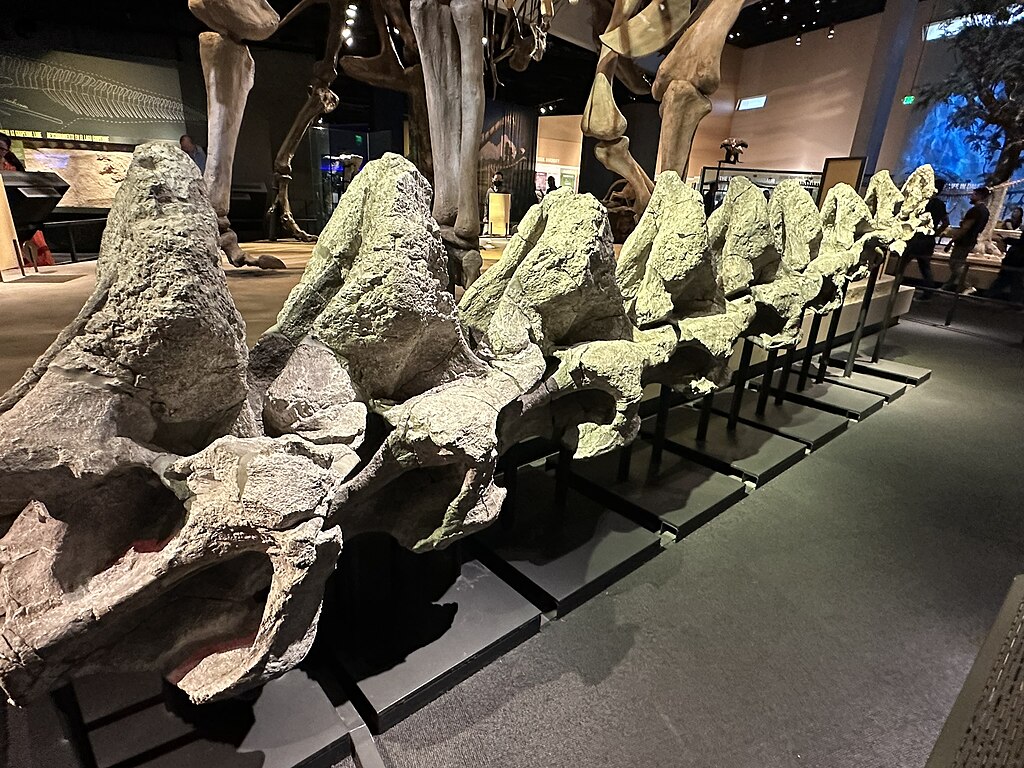
The ripple effects of Ostrom’s Deinonychus research fundamentally transformed paleontology in ways that extended far beyond this single species. His work catalyzed the Dinosaur Renaissance—a period of renewed scientific interest and revised thinking about dinosaur physiology, behavior, and evolution that began in the late 1960s. This paradigm shift led to reexamination of existing fossils and new fieldwork guided by different questions and perspectives. Subsequent research explored dinosaur growth rates, parental care, metabolic functions, and social behaviors—aspects previously considered unknowable or irrelevant. The concept of dinosaurs as active, intelligent animals inspired new methodologies in paleontology, including biomechanical analysis, comparative anatomy with living animals, and sophisticated computer modeling. The field expanded beyond describing bones to reconstructing ancient ecosystems and evolutionary patterns. This scientific revolution, triggered by the Montana Deinonychus discoveries, essentially created modern dinosaur paleobiology as we know it today.
Cultural Impact and Jurassic Park Connection

While scientifically revolutionary, Deinonychus also transformed dinosaurs in popular culture, most notably through Michael Crichton’s novel “Jurassic Park” and the subsequent film franchise. Crichton explicitly based his novel’s “Velociraptor” characters on Deinonychus, even corresponding with John Ostrom during his research for the book. The decision to use the name “Velociraptor” instead of “Deinonychus” was primarily for its more dramatic sound—the actual Velociraptor was considerably smaller (about turkey-sized) and lived in Mongolia, not Montana. Director Steven Spielberg perpetuated this scientific inaccuracy in the 1993 film, creating screen dinosaurs that matched Deinonychus’s size and presumed behavior while calling them Velociraptors. This portrayal of intelligent, pack-hunting “raptors” captured public imagination and fundamentally changed how dinosaurs were depicted in everything from museum displays to children’s toys. The Montana-discovered Deinonychus, though often uncredited by name, became the template for the archetypal raptor in worldwide popular culture.
Continuing Research and New Discoveries

The story of Deinonychus research didn’t end with Ostrom’s initial discoveries in Montana. Ongoing excavations in the Cloverly Formation continue to yield new Deinonychus specimens that refine our understanding of this pivotal dinosaur. Recent technological advances have allowed paleontologists to conduct CT scans of Deinonychus skulls, revealing previously unknown details about its brain case, sensory capabilities, and potential intelligence. Biomechanical studies using computer modeling have provided new insights into how Deinonychus moved, hunted, and used its distinctive sickle claw. Analysis of bone microstructure has yielded information about its growth rate and metabolism, strengthening the case for warm-bloodedness. Studies of Deinonychus teeth using electron microscopy and isotope analysis have offered clues about its diet and feeding behavior. These continuing investigations demonstrate how a single dinosaur species from Montana continues to yield new scientific insights decades after its initial discovery, reflecting both its scientific importance and the evolution of paleontological methods.
Deinonychus in Montana Museums
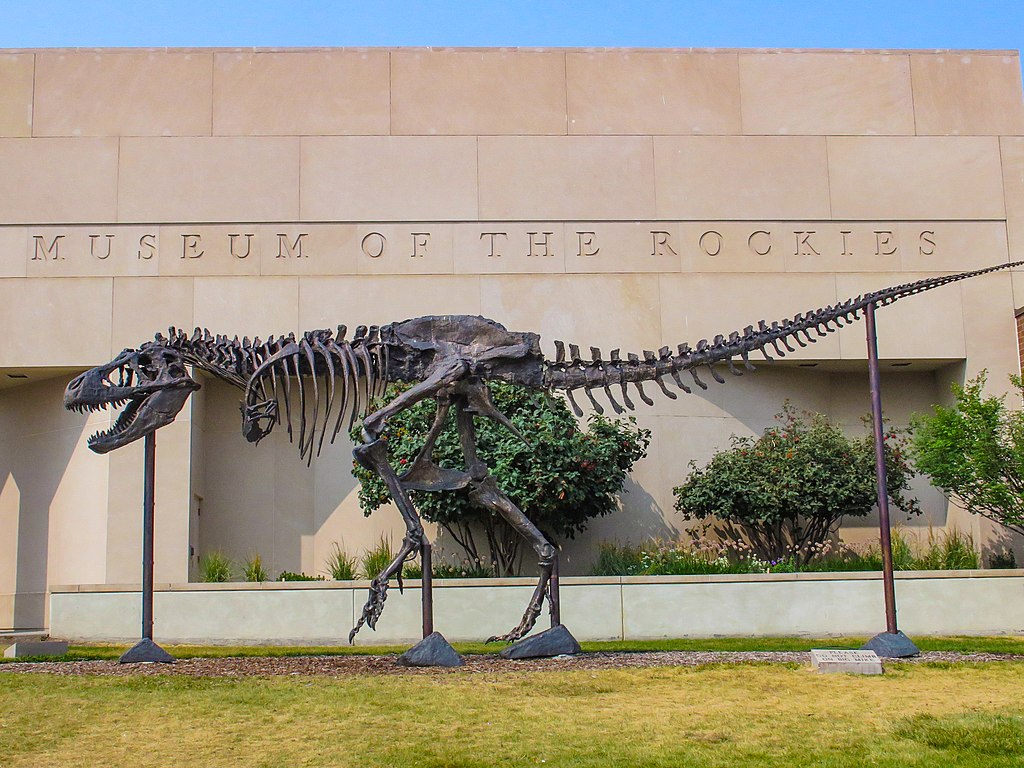
Today, visitors to Montana can experience the legacy of Deinonychus through several museum exhibitions that showcase this revolutionary dinosaur. The Museum of the Rockies in Bozeman features Deinonychus material in its world-class dinosaur collection, placing the predator in the context of Montana’s rich paleontological heritage. The Carter County Museum in Ekalaka displays Deinonychus specimens and provides interpretation about their significance to dinosaur science. These Montana institutions offer visitors the opportunity to see fossils from the actual geological formations where this paradigm-shifting dinosaur was discovered. Museum displays typically include detailed reconstructions showing Deinonychus with its now-accepted feathered appearance, hunting in packs, and exhibiting the active behaviors that Ostrom first proposed. Educational programs at these museums often highlight how the Montana Deinonychus discoveries fundamentally changed scientific understanding of dinosaurs, connecting visitors directly to this revolutionary chapter in paleontological history.
Paleontological Tourism in Montana
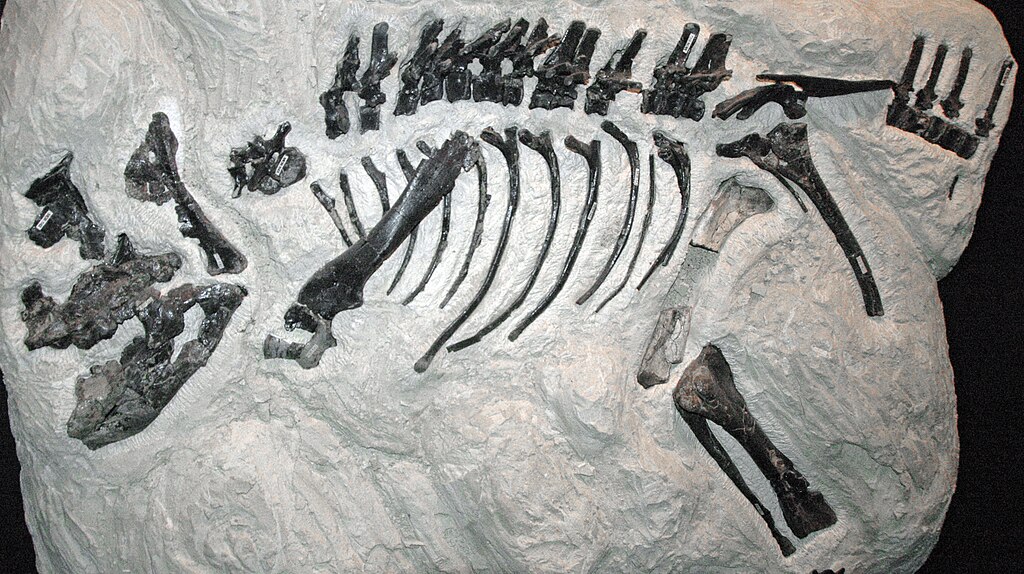
The rich dinosaur heritage of Montana, highlighted by the Deinonychus discovery, has developed into a significant tourism draw for the state. Visitors can explore the “Montana Dinosaur Trail,” a network of 14 museums and field sites that showcase the state’s exceptional fossil record. Several commercial paleontological expeditions offer tourists the opportunity to participate in actual dinosaur digs in the formations where Deinonychus and other significant dinosaurs have been found. The communities near the Cloverly Formation, including Billings and surrounding areas, have developed dinosaur-themed attractions that highlight the scientific significance of local fossil discoveries. Annual events like the Montana Dinosaur Festival celebrate this paleontological heritage and often feature special programs about the revolutionary Deinonychus findings. This dinosaur-focused tourism generates meaningful economic activity for rural Montana communities while connecting visitors to the scientific legacy of discoveries like Deinonychus that fundamentally changed our understanding of Earth’s prehistoric past.
Legacy and Continuing Influence
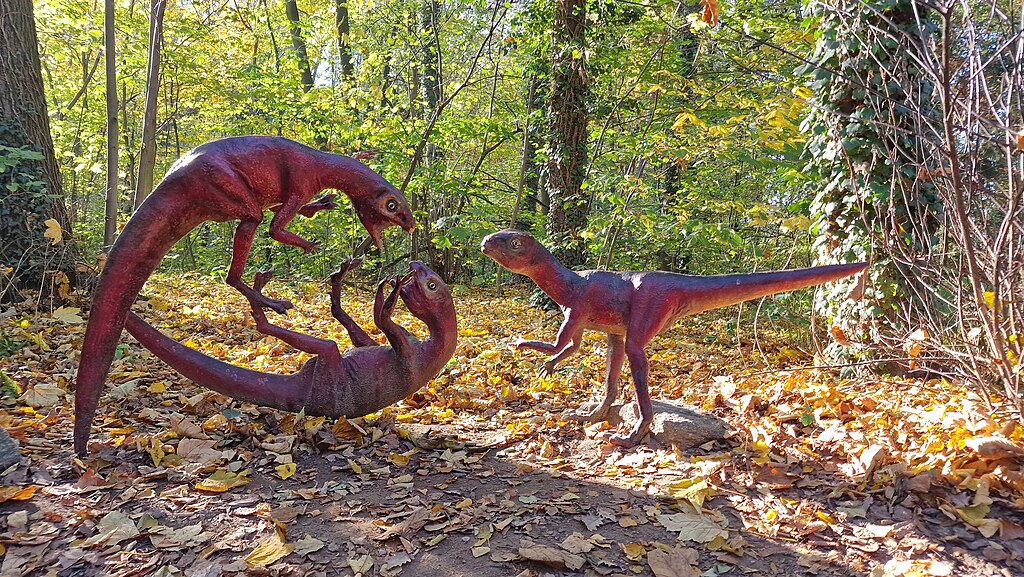
The legacy of Deinonychus extends far beyond its scientific significance or cultural impact—it fundamentally changed how we conceptualize the ancient world and evolution itself. By bridging the gap between dinosaurs and birds, the Deinonychus discovery helped establish evolutionary continuity that connects prehistoric life to modern biodiversity. The “terrible claw” from Montana’s ancient past reshaped public perception of extinction, demonstrating that dinosaurs didn’t truly disappear but rather transformed into the birds that surround us today. For paleontologists, the methodologies pioneered in studying Deinonychus—interdisciplinary approaches combining biomechanics, comparative anatomy, and behavioral ecology—continue to guide research across the field. Perhaps most significantly, this Montana dinosaur helped humanity recognize that our planet’s history is not a series of disconnected episodes but rather a continuous story of adaptation and transformation. The humble predator from Montana’s Cloverly Formation didn’t just change how we think about raptors—it changed how we understand the very nature of life’s history on Earth.

